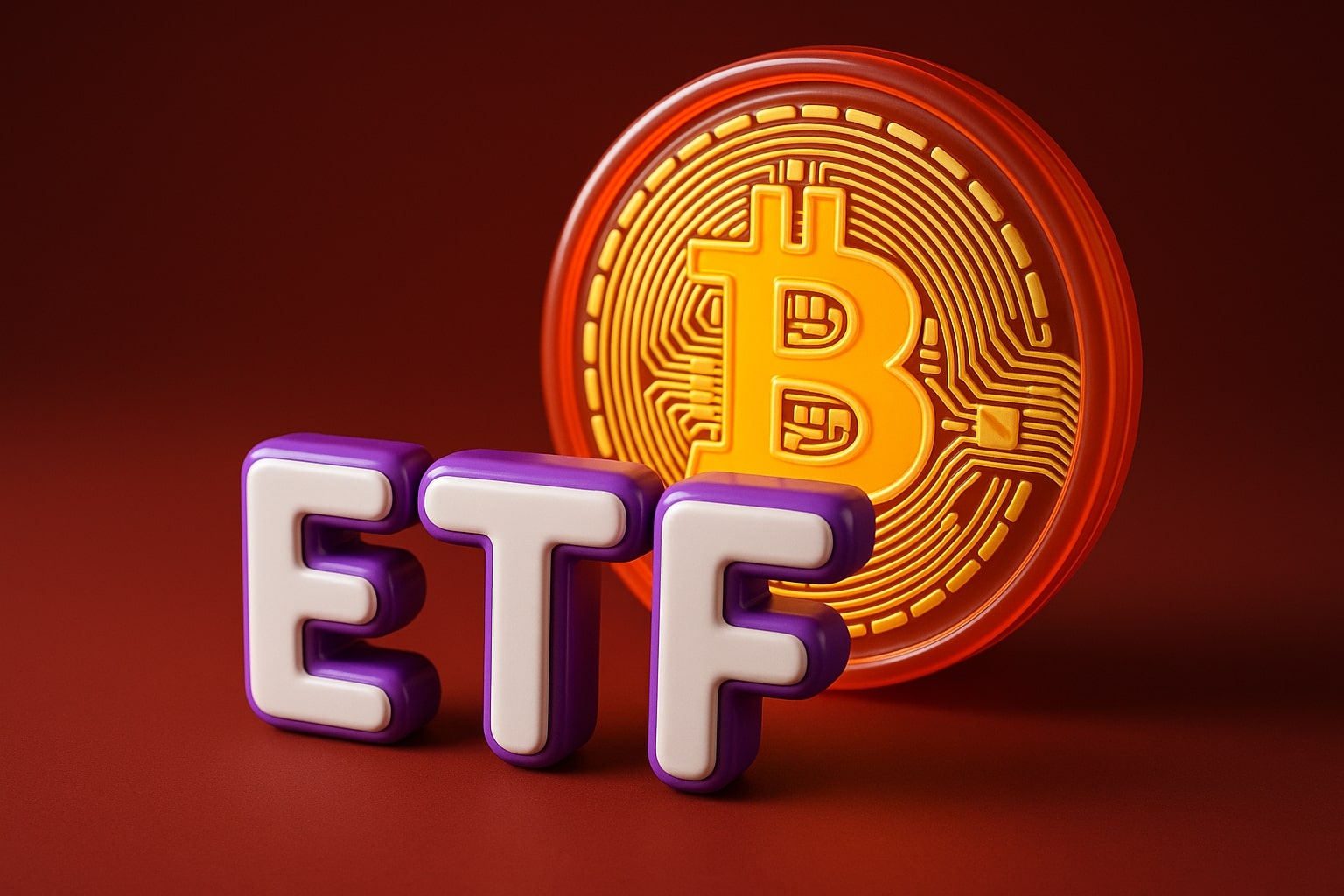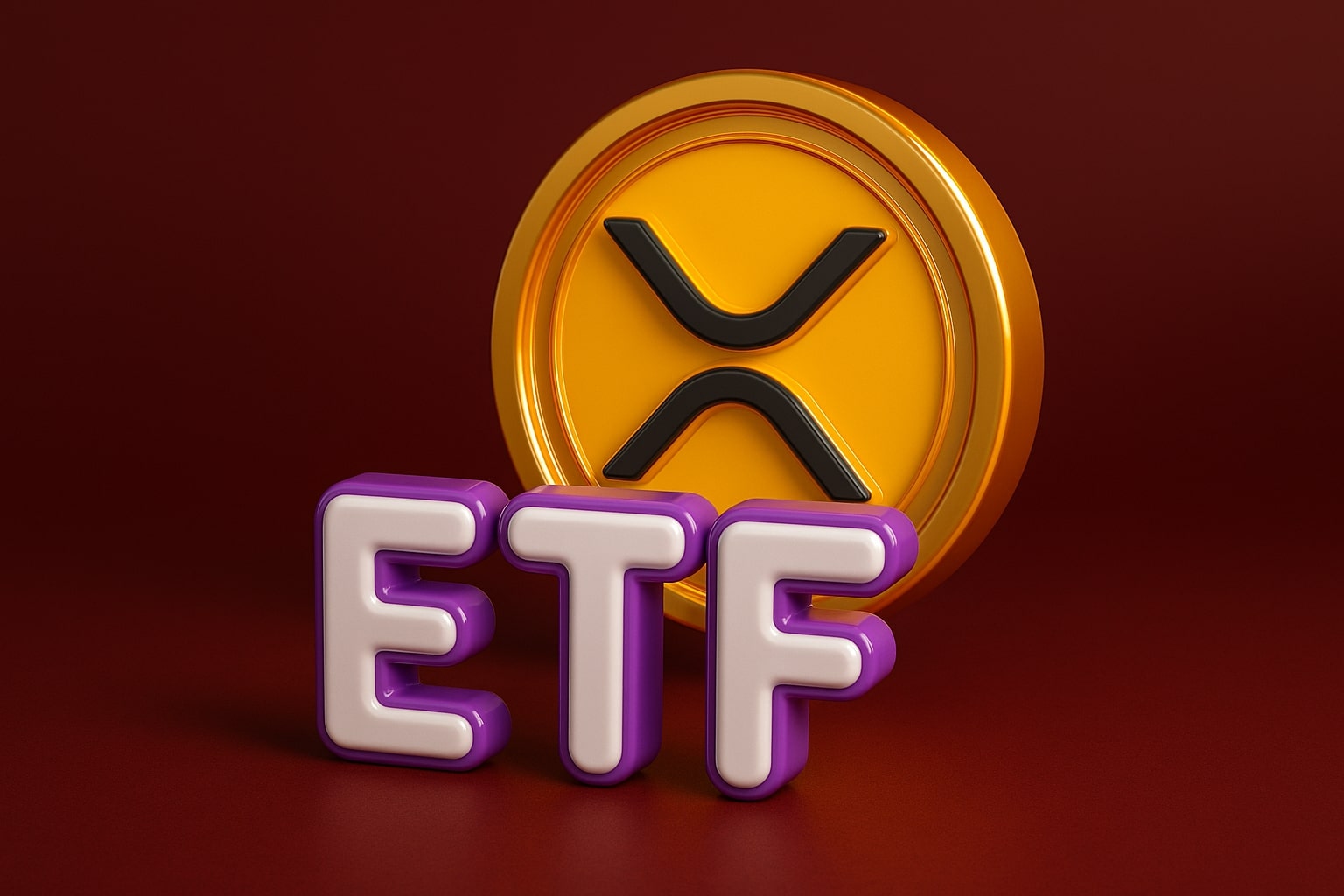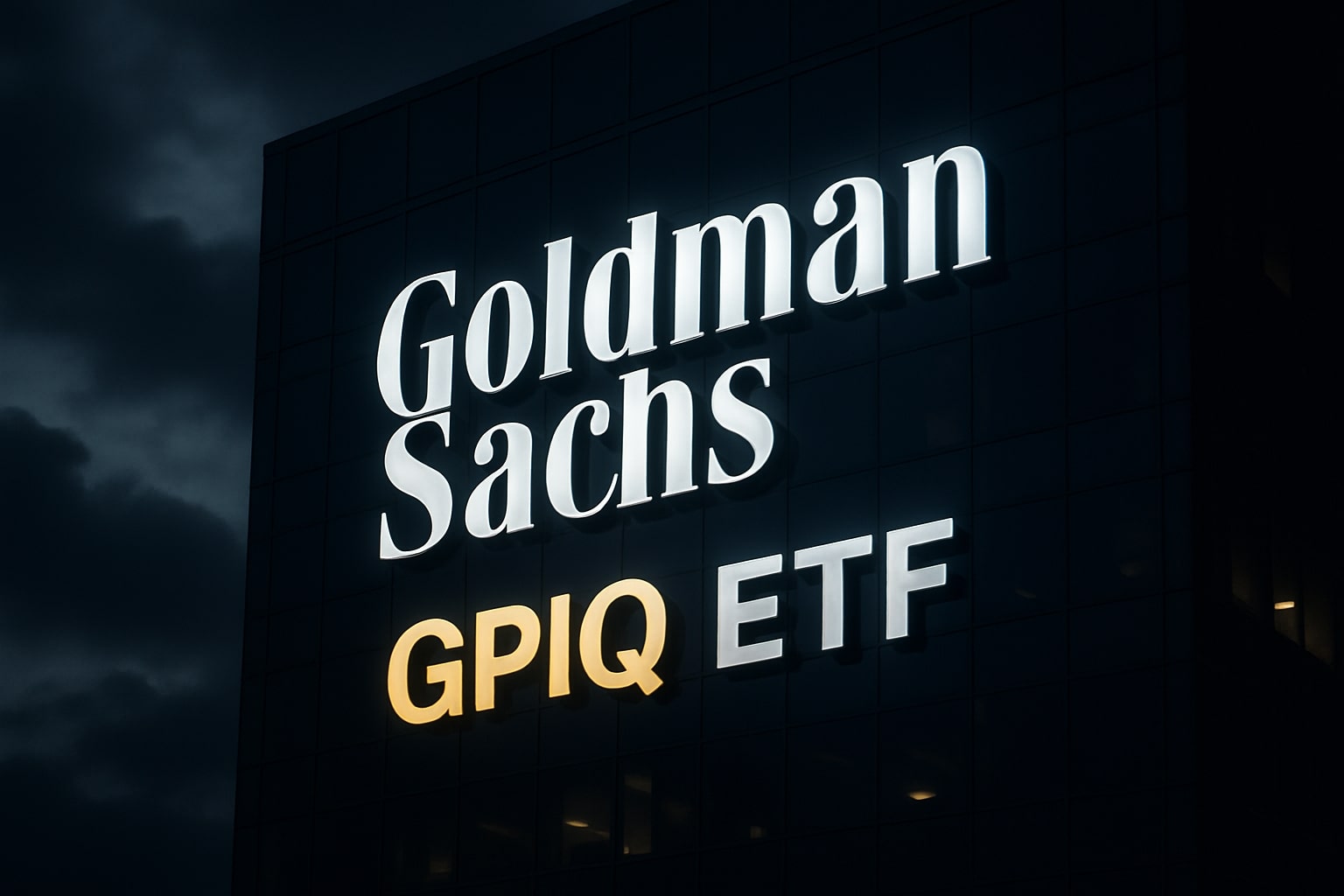
Bitcoin (BTC-USD) ETF Inflows Hit $207M as Institutions Drive $57.6B Rotation Toward Regulated Crypto Funds
Fidelity’s FBTC and BlackRock’s IBIT dominate inflows as BTC stabilizes at $87K | That's TradingNEWS
Bitcoin (BTC-USD) ETF Inflows Reignite Institutional Demand as $207M Pours Into Crypto Funds
Bitcoin (BTC-USD) stabilized near $87,000, recovering from recent declines as U.S. spot Bitcoin ETFs posted $129 million in net inflows on November 25, marking the strongest daily capital movement in three weeks. This surge, combined with Ethereum’s $78 million and Solana’s $58 million inflows, pushed total crypto ETF investments above $207 million for the day — signaling that institutional money is re-entering the market even amid macroeconomic uncertainty.
Institutional Appetite Returns After Sharp Drawdowns
Fidelity’s Wise Origin Bitcoin Fund (FBTC) led the recovery with $170.8 million in inflows, followed by BlackRock’s iShares Bitcoin Trust (IBIT), which added $83 million. Combined cumulative inflows into all spot Bitcoin ETFs now stand at $57.61 billion, maintaining an impressive $4.69 billion daily trading volume. These figures underscore that institutional investors are shifting funds from older, higher-fee crypto trusts like Grayscale’s GBTC, which continue to see outflows, toward newer, low-cost, SEC-compliant vehicles.
The market’s reaction highlights a growing structural preference for regulated, transparent Bitcoin exposure — one that aligns with institutional portfolio diversification strategies. Analysts note this rotation as a “liquidity migration” rather than speculative trading. It marks Bitcoin’s “first real institutional stress test” — where price pressure coexists with renewed inflows, reflecting deep-pocketed buyers accumulating through volatility.
BTC-USD Consolidates Between $84,000–$90,000 Amid Mixed On-Chain Signals
Bitcoin continues to consolidate in the $84,000–$90,000 range, with resistance forming near $92,000. According to on-chain analytics from Glassnode, approximately one-third of BTC supply remains underwater, but long-term holders are increasing their accumulation pace. Meanwhile, short-term holders, primarily those who entered positions between $106,000–$118,000, remain under pressure. The on-chain stress index shows elevated but stabilizing conditions, suggesting that the market is attempting to carve out a mid-term floor.
The BTC Relative Strength Index (RSI) sits around 48, with the price currently below its 50-day EMA ($101,171) and 200-day EMA ($105,618), indicating a technical rebound phase rather than a confirmed reversal. Momentum remains fragile but supported by ETF inflows, with a potential breakout if BTC reclaims the $90,000–$92,000 resistance channel.
Macro Landscape: Fed Ambiguity Meets Bitcoin’s Liquidity Resilience
Macroeconomic data has added further complexity. The latest U.S. Producer Price Index (PPI) met expectations, maintaining uncertainty about the Federal Reserve’s rate path. Traders now price an 80% probability of a 25-basis-point cut at the December FOMC meeting. This ambivalence has contained volatility in U.S. yields but supported Bitcoin’s risk profile as liquidity expectations tilt dovish.
ETF strategists at leading desks emphasize that “flows have turned supportive but not yet decisive.” Market participants await the PCE inflation report, retail sales, and jobless claims due within the week — all of which could trigger renewed volatility in both traditional and crypto markets.
Despite this, institutional allocation behavior shows resilience: major pension and hedge funds are rebalancing toward digital assets as part of a long-term diversification play, capitalizing on Bitcoin’s structural scarcity narrative and inflation-hedge appeal.
Ethereum and XRP ETFs Strengthen Institutional Expansion Beyond Bitcoin
Ethereum ETFs logged $78.5 million in net inflows, marking three straight sessions of positive momentum. Fidelity’s FETH captured $47.54 million, while BlackRock’s ETHA absorbed $46.09 million, pushing cumulative ETH ETF assets above $18.2 billion. Although the Grayscale Ethereum Trust (ETHE) lost $23.33 million, its Mini Trust added $8.29 million, showing that investors are favoring cost-efficient products.
Meanwhile, XRP ETFs are gaining traction following Grayscale’s GXRP and Franklin Templeton’s XRPZ launches, drawing $130 million in first-day inflows. Cumulative XRP ETF assets have reached $645 million, highlighting a growing appetite for altcoin-based ETFs. Four XRP ETFs — including Canary Capital’s XRPC and Bitwise’s XRP ETF — now trade in the U.S., reinforcing institutional diversification beyond BTC and ETH.
Emergence of Dogecoin and Solana ETFs Marks Next Phase of ETF Expansion
Grayscale’s GDOG fund debuted with $1.4 million in trading volume, below its $12 million projection but consistent with early-stage niche asset launches. Bitwise’s BWOW ETF is set to follow, reflecting demand for speculative crypto exposure within regulated structures. Solana ETFs, with $58 million in daily inflows, underline increasing institutional comfort with alternative layer-one assets.
ETF analysts project that more than 100 new crypto ETFs could launch in the next six months as SEC rule amendments facilitate direct token holding. This represents a structural maturation of the ETF ecosystem, aligning digital assets with traditional capital market accessibility standards.
Regional Institutional Shifts and Regulatory Alignment Bolster Long-Term Outlook
Across Europe, major financial institutions are developing regulated frameworks for digital asset management. The Czech National Bank is piloting a digital-asset reserve portfolio, while multiple EU central banks explore limited-scale tokenization programs. This formalization trend echoes in the U.S., where state-level funds like Texas have already invested $5 million into BlackRock’s IBIT, becoming the first U.S. state to hold a Bitcoin ETF within its treasury strategy.
Such developments signal that institutional adoption is no longer exploratory but operational. Long-term holders, including corporate treasuries, are now managing Bitcoin allocations similarly to commodities — actively rebalancing exposure rather than trading volatility.
Technical View: BTC-USD Faces Pivotal Resistance Near $92,000
Bitcoin remains range-bound, oscillating between $84,000 and $90,000. A daily close above $92,000 could trigger momentum toward $98,000, while downside risk intensifies below $84,000, potentially exposing $80,600 — the last significant support zone tested during last week’s correction.
The MACD indicator shows a tentative bullish crossover, while RSI hovers just above the neutral 50 mark, suggesting early accumulation but limited conviction. Any sustained inflows above $150 million per day would likely validate a technical breakout and set up a retest of the $100,000 threshold.
Read More
-
GPIQ ETF (NYSEARCA:GPIQ) Hits $52.97 as 9.8% Yield and $2.21B AUM Cement Its Lead in Covered-Call Income ETFs
26.11.2025 · TradingNEWS ArchiveStocks
-
XRPI and XRPR ETFs Hit $586M Inflows as XRP Price (XRP-USD) Holds $2.22 and Eyes $2.50–$4.50 Upside
26.11.2025 · TradingNEWS ArchiveCrypto
-
Natural Gas Price (NG=F) Futures Surge to $4.60 as Cold Weather, LNG Exports Tighten U.S. Market
26.11.2025 · TradingNEWS ArchiveCommodities
-
USD/JPY Price Forecast - (JPY=X) Holds 156.50 As BoJ Tightening Talk and Fed Cut Bets Reshape Currency Outlook
26.11.2025 · TradingNEWS ArchiveForex
Outlook: Institutional Rotation Strengthens, Retail Still Cautious
Bitcoin’s total ETF inflows of $57.61 billion demonstrate enduring confidence despite November marking its weakest month of 2025. Price compression near $87,000 indicates that institutional accumulation is offsetting retail exhaustion. The current structure reflects a maturing market where inflows, rather than sentiment, drive price stability.
As macro volatility eases and ETF issuance expands, Bitcoin’s correlation with traditional risk assets continues to decline, reaffirming its role as an independent liquidity hedge within multi-asset portfolios.
Verdict: BUY — Institutional Flows Anchor BTC’s Recovery
The data confirms a BUY stance for Bitcoin (BTC-USD) with a short-term target of $92,000–$98,000 and a medium-term upside potential toward $110,000, representing a 26% increase from current levels. ETF inflows, regulatory normalization, and renewed institutional participation are forming the strongest fundamental base since early 2024. Sustained capital movement into low-fee ETFs by BlackRock and Fidelity marks the defining catalyst for the next Bitcoin cycle.

















